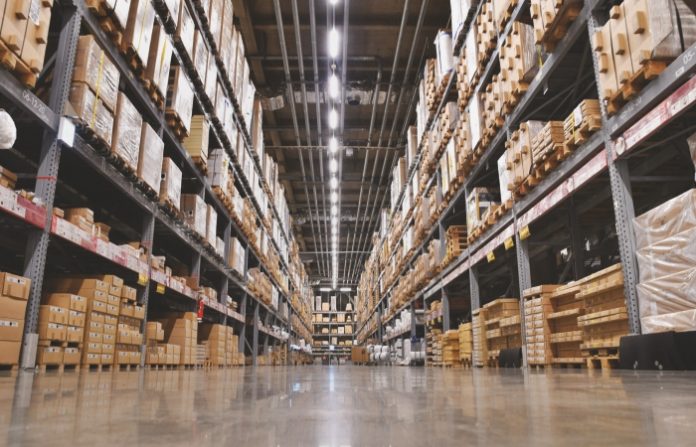E-commerce & 3PL have emerged as the largest occupiers with more than 55 per cent of all absorption in the country, as per the JLL report ‘India Real Estate Outlook – A new growth cycle’. Built manufacturing has been a sunrise segment with more than 6.6 million sq. ft. of absorption in 2020.
According to the JLL report ‘India Real Estate Outlook – A new growth cycle’, despite unfavourable socio-economic environment, warehousing stock in top eight cities, which includes, NCR-Delhi, Mumbai, Bangalore, Chennai, Pune, Kolkata, Hyderabad and Ahmedabad has added 27 million sq. ft. to reach a total of 238 million sq. ft. in 2020. Further, the demand is expected to grow around 160% to reach 35 million sq. ft. in 2021 if the external conditions stay stable, mainly if there is no relapse of COVID / lockdown and so on. Probably over the next one to two quarters, a clearer picture will emerge.
“In Q4, the market started gaining momentum with highest supply and absorption in 2020 post the lockdown. Industrial spaces witnessed a 13 per cent Y-o-Y growth in total stock in Grade A & B warehousing space in top eight cities. The overall warehousing space stands at 238 million sq. ft. at the end of 2020 compared to 211 million sq. ft. in the previous year thereby resulting in a net supply of 27 million sq. ft.,” said Yogesh Shevade, Head Industrial Services, JLL, India. “An important point to note here is that in 2020 the end users / tenants have looked for new and innovative ways to taking up spaces on short-term / temporary leased of tenure 9-12 months for leasing of ‘white spaces / unused spaces’ in existing leased warehouse on sub-lease. Unfortunately, these do not get captured in net absorptions (considering these are already leased),” he added.
The warehousing and logistics market in India started gaining impetus with highest supply and absorption in Q4 of 2020. The demand is expected to increase in 2021 and reach close to 35 million sq. ft. of absorption, almost similar in line with 2019 levels, supported by growing demand in sectors such as 3PL and e-commerce. COVID-19 has accelerated e-commerce adoption rates with an increase in UPI transactions by 42% during the lockdown period, leading to an upsurge in the demand for online delivery of essential and non-essential items.
On the manufacturing front, India stands out as a potential powerhouse with new trends being observed and is expected to continue in the built manufacturing sector such as flex manufacturing. Manufacturing companies are looking for new trends such as rented factories which help in higher Capex savings for the owner as it converts Capex (land and building) to Opex (rent). Ready-built factories with pre-constructed/ ready infrastructure as well as built-to-suit factories are available on rent. “Interestingly, the year 2020 saw more than 6.6 million sq. ft. of leased manufacturing in predominant manufacturing destinations of top eight cities,” said Saravanan Srinivasan, Head – Manufacturing Practice of Industrial Services, JLL, India.













